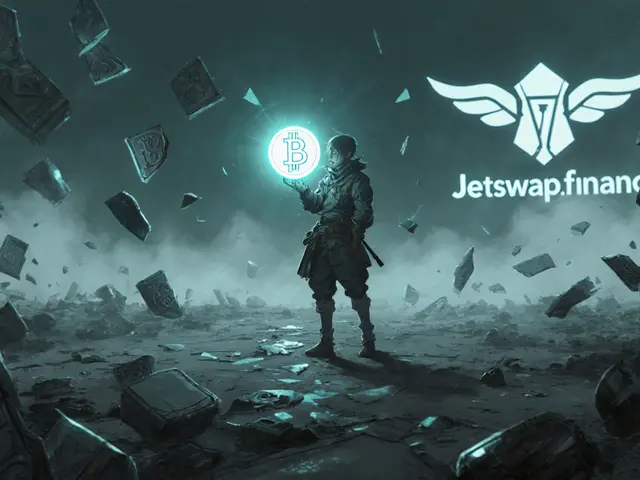Oracle Security: Protecting Blockchain Data Feeds & Smart Contracts
When working with Oracle security, the practice of safeguarding blockchain oracles against manipulation, tampering, and downtime. Also known as oracle protection, it forms the backbone of trustworthy decentralized applications.
Think of an oracle, a bridge that pulls off‑chain data into on‑chain smart contracts. That bridge feeds price quotes, weather updates, or sports scores into smart contracts, self‑executing code that enforces agreements without intermediaries. When those contracts power DeFi, decentralized finance platforms that let users lend, borrow, or trade without banks, any weakness in the data feed becomes a systemic risk.
Oracle security encompasses several layers. First, data integrity: the oracle must verify that the source is accurate and not corrupted. Second, availability: downtime can freeze liquid markets and trigger cascading liquidations. Third, authentication: only trusted nodes should publish updates, preventing rogue actors from injecting false data. These three pillars connect directly to smart contract safety – an insecure feed can trigger erroneous liquidations, price manipulations, or even total loss of funds.
Common Attack Vectors and Why Audits Matter
Most breaches start with a simple trick: a man‑in‑the‑middle attack on the off‑chain API, or a compromised node that signs fraudulent price updates. Once the bad data reaches the contract, the contract’s logic executes as written, often moving large sums of capital. The 2022 incident on a popular lending protocol showed how a manipulated price feed forced thousands of borrowers into default within minutes.
Security audits address these risks by simulating attacks, reviewing node key management, and checking fallback mechanisms. An effective audit will flag missing sanity checks – like price deviation limits – and recommend multi‑source aggregation, where the contract takes an average of several independent oracles before acting.
Another emerging best practice is cryptographic proof of data authenticity. Solutions like Chainlink's signed data feeds or Band Protocol's threshold signatures let contracts verify that the data originated from a quorum of reputable sources, dramatically lowering the chance of a single point of failure.
Beyond technology, governance plays a role. Decentralized autonomous organizations (DAOs) that manage oracle updates should enforce strict proposals and voting thresholds. This reduces the risk of a malicious insider swapping out a data provider overnight.
Finally, monitoring and insurance complement audits. Real‑time alerting systems can detect abnormal price jumps, pausing contract execution automatically. Some protocols now purchase oracle breach insurance, shifting part of the financial risk to specialized insurers.
All these measures together create a resilient ecosystem where DeFi apps can rely on accurate, timely data. As the market grows, the importance of robust Oracle security will only increase, making it a non‑negotiable part of any smart‑contract strategy.
Below you’ll find a curated set of articles that dive deeper into specific aspects of Oracle security – from technical breakdowns of attack methods to step‑by‑step audit checklists and real‑world case studies. Whether you’re a developer, a trader, or just curious about how data feeds keep decentralized finance running, the posts ahead offer practical insights you can act on right now.
Oracle Security Risks & Manipulation Threats Explained
A deep dive into the CVE‑2025‑61882 zero‑day affecting Oracle E‑Business Suite, its real‑world impact, emergency patching steps, and long‑term security strategies for enterprises.












